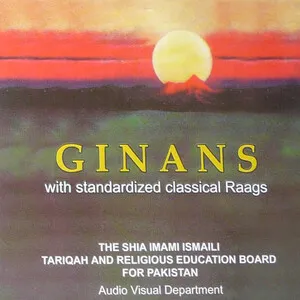Ginan is a South Asian Ismaili Muslim devotional song tradition rooted in the Satpanth ("true path") movement. Sung primarily in Old Gujarati, Sindhi, and related Indic languages, ginans are poetic hymns attributed to Ismaili pirs (missionaries) and are performed in communal settings (Jamatkhanas) as acts of remembrance, instruction, and spiritual contemplation.
Musically, ginans draw on Hindustani melodic ideas, regional folk tune-types, and Bhakti/Sufi poetic imagery. Performances are typically unaccompanied or supported by harmonium, tabla, handclaps, and unison congregational singing. The texts explore metaphors of love and longing for the Divine, ethical living, and esoteric teachings, making the genre both a musical and theological pillar of the Khoja Ismaili community.
The ginan tradition emerged within the Satpanth branch of the Nizari Ismaili da‘wa in western South Asia (especially Gujarat and Sindh). Early pirs (missionaries) composed hymns in Indic languages to communicate Ismaili teachings through familiar local poetics and musical idioms. This fostered a syncretic devotional repertoire that resonated with audiences steeped in Bhakti and Sufi aesthetics.
Ginans use vernacular idioms (Old Gujarati, Sindhi, Hindi/Khojki traditions) and Bhakti/Sufi metaphors—lover and Beloved, the ocean crossing, the guru’s boat—to convey esoteric doctrine and ethical counsel. Textual forms include strophic hymns and regionally inflected subtypes such as garbi-like devotional songs and didactic chhappa verses.
Historically transmitted orally, melodies align with Hindustani modal thinking (rag-like contours) and regional folk tune families. In performance, congregations sing in unison, often with harmonium and tabla or simple handclaps. Tempi range from contemplative to gently lilting, emphasizing clear diction and communal participation over virtuosity.
With migration to East Africa, Europe, and North America, ginans were preserved through communal recitation, printed collections, and recordings. Contemporary practice balances fidelity to oral lineages with selective notations and pedagogical efforts, while occasional concert arrangements and world-fusion presentations bring the repertoire to broader audiences—without displacing its core ritual role.

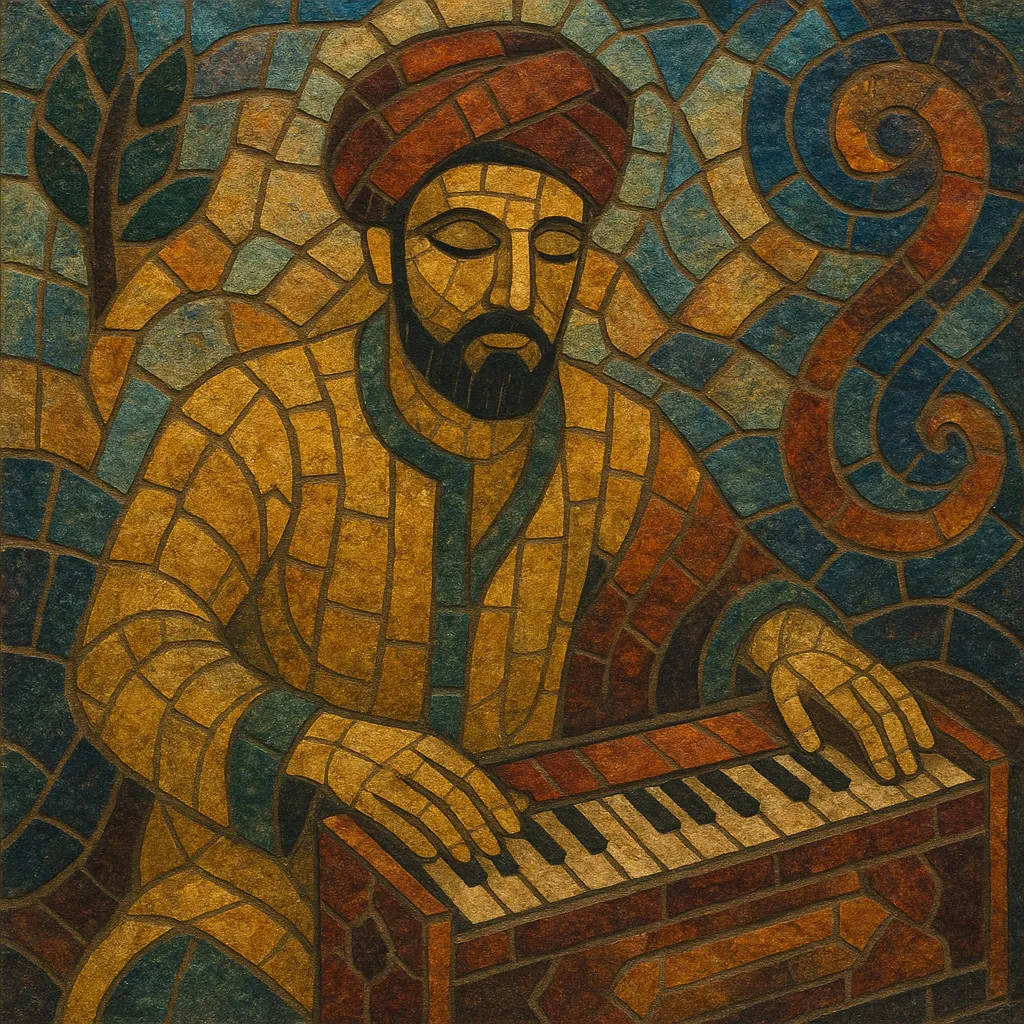
%2C%20Cover%20art.webp)
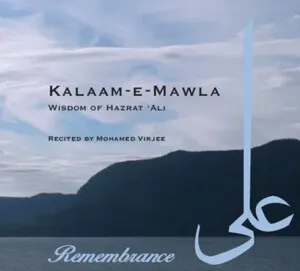
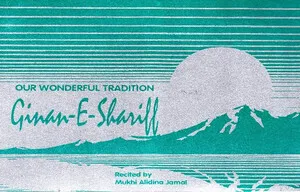
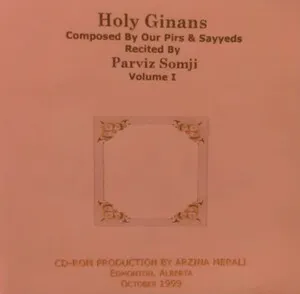
%2C%20Cover%20art.webp)
